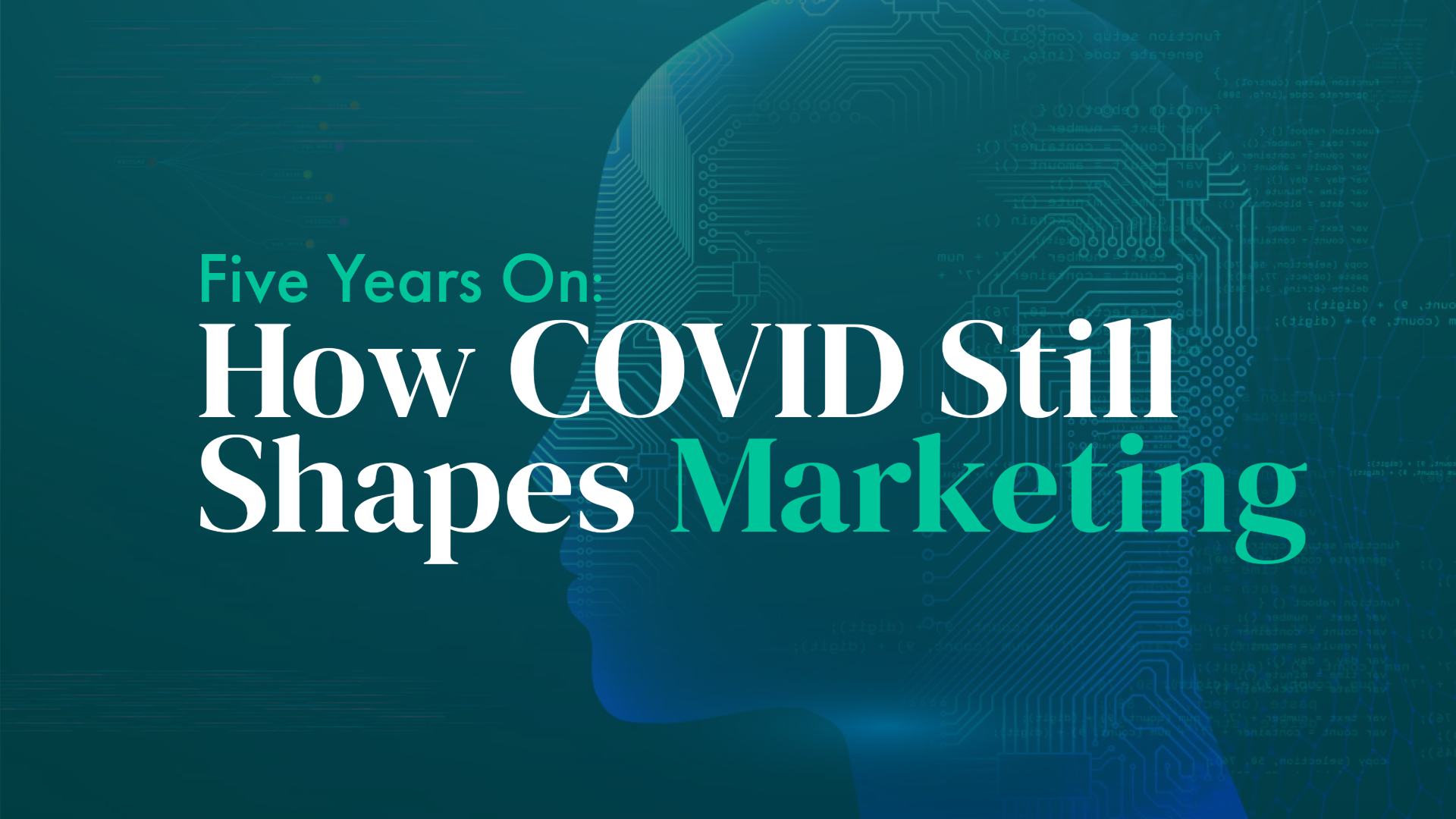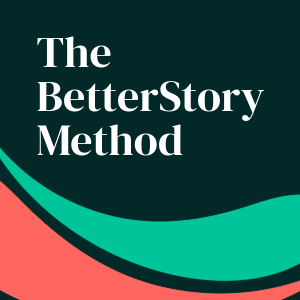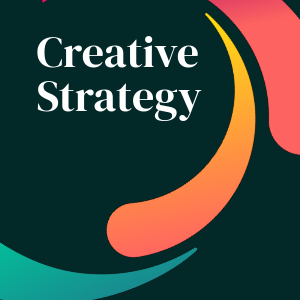
It’s no surprise the world has changed dramatically over the past five years.
We’ve seen major shifts in how we live, work, and connect; these changes go beyond our personal lives. They’ve redefined the relationship between people and institutions, altering how businesses operate and how audiences engage with media, technology, and brands.
For marketing and communications professionals, adapting to this new environment has been challenging. But alongside the disruption, new opportunities have emerged. Many changes sparked by COVID-19 have proved lasting, reshaping B2C and B2B strategies worldwide.
This isn’t a look back at lockdown life. Instead, we’re focusing on what matters now: how the pandemic’s long-term impact is reshaping marketing and communications in 2025. We’ll explore the key shifts in audience behaviour and offer practical ideas for brands looking to connect with today’s consumers.
Jump to sections:
How COVID-19 Redefined the Rules of Engagement
COVID-19 fundamentally altered consumer habits. The COVID-19 pandemic served as a powerful catalyst in accelerating the adoption of digital behaviours, fundamentally reshaping how audiences interact with content. As lockdowns and social distancing measures deprived physical interaction, consumers and organisations alike migrated en masse to digital platforms – not just for commerce, but for entertainment, education, and communication.
According to McKinsey & Company, a decade’s worth of digital adoption was compressed into just 100 days as brands quickly pivoted and innovated to find new ways to connect with new customers.
Echoing this, Deloitte’s 2020 Digital Consumer Trends report noted:
“With the shift to streaming and online viewing becoming even more pronounced as a result of the global pandemic, content has never been more in demand. The pace of competitor action is blistering and business models are changing rapidly, making it essential for content providers to review their strategy and consider future scenarios to sustain and grow their market position.”
(Helen Reese, Director, Deloitte, 2020).
This environment of accelerated digital transformation prompted a profound shift in consumer expectations. As people spent more time online, they became accustomed to highly personalised, responsive, and immersive content experiences, setting a new standard for what qualifies as meaningful engagement. Simultaneously, the widespread pivot to digital marketing and social media created an oversaturated media environment. With brands producing an ever-increasing volume of content – videos, ads, webinars, and more – audiences found themselves bombarded with messaging at every turn.
This saturation has had measurable effects. For example, a 2025 Australian study revealed that 73% of viewers mentally tune out or actively block repetitive advertisements, a clear sign of escalating ad fatigue. In such a climate, traditional content formats struggle to retain attention, and brands are compelled to innovate or risk irrelevance.
Marketing and communications: What’s changed since COVID-19?
The pandemic left us with major changes impacting marketing and communications.
It intensified competition in the digital space, leading to content saturation across platforms. As a result, brands must work harder, and smarter, to stand out, raising the creative bar and demanding more strategic approaches to communication.
To help marketers navigate this evolving landscape, we’ve explored the behavioural changes that matter most. These insights form the foundation for smarter, more effective marketing strategies in 2025 and beyond.
1.Audiences Now Expect More
It reshaped audience expectations, establishing a higher benchmark for what constitutes meaningful, relevant, and timely engagement.
Audiences today are more selective, more distracted, and less tolerant of content that doesn’t offer clear value. These shifts in behaviour now shape the way modern marketers must think about content:
- Experience over exposure
People want content that feels immersive or emotionally resonant, not just polished ads or passive updates. - Preference for self-guided discovery
Audiences increasingly explore on their own terms. Interactive and flexible content formats give them space to do that. - Scepticism toward algorithm-driven content
Many are fatigued by being served the same types of content repeatedly. Discovery feels more meaningful when it’s earned or chosen. - Fragmented attention
With distractions everywhere, static content often gets ignored. Holding attention now means making the viewer an active participant. - Multi-screen habits
Most people browse across several devices at once. To be noticed, content must be clear, concise, and visually engaging from the first glance.
2. Human-Centric Messaging Isn’t Optional
During the early days of the pandemic, campaigns quickly moved away from overt selling and towards empathy, reassurance, and practical support. As Sara Varni, then CMO of Twilio, put it: “A pandemic is not the time to sell – it’s a time to serve.”
That shift wasn’t just effective, it reset expectations. Brands that communicated openly and offered genuine support built stronger trust. Audiences responded to messaging that felt honest and grounded, and that demand for authenticity remains. Today, consumers are more attuned to tone than ever, and quick to switch off from anything that feels insincere or overly promotional. In fact, the Gitnux 2025 report found:
- 70% of consumers are more likely to trust brands that demonstrate transparency
- 78% prefer brands that are authentic over those that focus purely on promotion
In short, authenticity isn’t an optional extra, it’s now the standard that audiences expect and reward.
3. Purpose-Driven Branding Matters More Than Ever
During the pandemic, many brands put their values into action, donating to relief efforts, supporting frontline workers, or helping communities in meaningful ways. These efforts weren’t just well received; they shifted expectations. As Tamara Norman, CEO of PR firm Ketchum, put it: “The pandemic spotlighted the need for companies to define and deliver on their purpose in ways they hadn’t before.”
Since then, purpose has moved from being a brand differentiator to a consumer demand. Today, especially among younger audiences, people expect brands to “walk the talk”, showing real commitment to social and environmental values, not just talking about them in campaigns.
Embedding purpose into your brand, and actively demonstrating it, has moved from a differentiator to a competitive requirement.
4. Consumer Loyalty Has Weakened
Brand loyalty took a hit during the pandemic, and it hasn’t fully recovered. In 2020 and 2021, supply chain disruptions and shifting needs pushed many consumers to try new products and services. What began as a short-term response has since become a lasting habit. By the end of 2024, a global study revealed that brand-switching behaviour was widespread across all generations:
- 81% of Gen Z and Millennials had switched brands in the past year
- Among Gen X, the figure was 74%
- And even 63% of Baby Boomers reported changing brand preferences
Consumers proved willing to abandon habitual loyalties in favour of availability, value, or convenience, a behaviour amplified by the vast choice online.
With brand loyalty no longer guaranteed, marketers must work harder to earn and re-earn trust through relevance, responsiveness, and meaningful engagement.
5. Internal Communications Took Centre Stage
As organisations navigated the uncertainty of a global pandemic, the need for clear, consistent updates across dispersed teams became urgent. As Jennifer Skyler, Chief Corporate Affairs Officer at American Express, reflected: “We had to communicate clearly and effectively to our global colleague base during times of extreme uncertainty.”
What began as a form of crisis response soon evolved into something more permanent. Five years on, internal comms remains central. Leaders have come to recognise that an informed, engaged workforce is essential – not just for agility, but for projecting an authentic external brand.
Grace Leong, CEO of PR agency Hunter, highlighted this shift, noting that collaboration between PR and HR functions is now stronger than ever. “Talent engagement and internal culture have become just as important as external campaigns,” she observed. This evolution is supported by data. A recent Havard Business Review report found that 92% of executives believe their organisation’s communication approach directly impacts its overall success.
Explore our guide to internal communications to learn how brands are turning employee engagement into a strategic advantage.
6. The Channel Mix Has Fragmented
Gone are the days when a press release and TV spot would suffice. Today’s audiences are dispersed across TikTok, LinkedIn, YouTube, email, podcasts and more, each with its own pace, tone, and content expectations.
Consistency remains essential, but so does agility. Brands need to design messaging systems, not just campaigns, systems that allow core narratives to flex across platforms while staying recognisably on-brand, whether in a 15-second vertical video or a long-form newsletter.
If you’re unsure how to approach this, we use The BetterStory Method, which includes storymapping, a strategic tool that helps your brand narrative unfold clearly and consistently across every relevant touchpoint.
7. Influencer Marketing Evolved into Strategic Partnership
The pandemic played a pivotal role in accelerating the rise of influencer marketing. As traditional advertising channels paused and in-person events disappeared, brands turned to social creators to maintain visibility and connection with audiences stuck at home.
Unilever’s CEO Hein Schumacher recently noted he met with top marketers to craft a new “4V” social media strategy – focusing on Variety of creators, Volume, Virality, and Velocity of content. This reflects how major brands are reorganising their communications for the social media age: working with diverse influencers, pumping out more content quickly, and aiming to catch trends in real time.
But it’s not just about reach. Paid partnerships have matured into a strategic tool for authentic brand storytelling. Influencers bring trust, niche authority and creativity; particularly valuable in an age where consumers are sceptical of overly polished corporate messaging. Todays marketers need to treat influencer relationships as long-term creative partnerships, not one-off placements. Invest in co-creation and let creators bring your message to life in their own voice.
8. Format Preferences Have Changed
Since COVID, audiences have shifted away from static content and now favour formats that are fast, engaging, and experiential.
- Short-form video is king. TikToks, Reels, and Shorts are now the top-performing format, with 89% of brands using video and 83% of consumers wanting more in 2025.
- Interactive content is surging. Usage nearly doubled from 36% in 2023 to 62% in 2024, as audiences prefer active over passive engagement.
- Events are back – and bigger. 78% of organisers say in-person events are their most impactful channel, and 66% of consumers are more likely to buy after engaging at an event.
For marketers, this shift highlights the need to align format with audience behaviour. Video, interactivity and events are now core to how audiences discover, engage with and act on brand messaging. Strategic planning should prioritise format choices early, not as an afterthought.
Modern audiences filter out what doesn’t feel relevant. The BetterStory Method gives you the tools to build messaging that cuts through distraction and delivers substance.
Practical Solutions for Marketing Effectively in the Post-Pandemic Era
The behavioural shifts we’ve outlined reflect long-term structural change in how people engage with brands. As we move forward, the most effective marketers won’t be those chasing scale or fleeting trends, but those who build adaptive strategies rooted in prioritising audience needs, behaviours, and expectations; and shaping content systems around them.
Here’s what that looks like in practice:
1. Prioritise Meaning Over Noise: Strategy Before Execution
Audiences are increasingly resistant to messaging that feels generic, overly promotional, or disconnected from their lived experience. What they respond to is meaning, content that speaks to real needs and emotions.
For brand and comms teams, this demands a strategic reset. Before deploying assets, it’s essential to ask:
- What’s the underlying narrative that defines our brand?
- What emotional value are we offering, beyond the product or service?
- Are we addressing a genuine audience challenge — or simply reacting to the next trend?
This is where The BetterStory Method proves critical. It’s a structured process for uncovering what sits at the heart of your brand, not just what you do, but why it matters. By articulating your brand’s character, purpose, and narrative tension, you move beyond surface-level messaging and create communications with real substance.
And relevance is what builds loyalty. When people see their values, needs, and aspirations reflected in your story, they engage, not just once, but over time. In an era where brand allegiance is increasingly fluid, a clear, consistent narrative is what turns interest into trust, and trust into long-term connection.
2. Design for Exploration, Not Just Attention
Today’s audiences don’t want to be sold to, they want to discover, engage, and co-create meaning.
That means moving beyond linear campaigns or static messaging. Instead, brands must build layered, interactive ecosystems that invite exploration. Whether delivered through immersive digital experiences or in-person activations, this shift is about designing communications that encourage participation, not just consumption.
Interactive content is key to this evolution. It transforms storytelling from a one-way broadcast into a dynamic exchange, turning passive viewers into active participants. Done well, it increases dwell time, deepens emotional engagement, and reinforces brand relevance in ways static content can’t match.
3.Use Video to Humanise, Not Just Broadcast
The demand for video is undeniable, but brands that treat video purely as a vehicle for announcements or promotions are missing the point.
Video is your most powerful tool to:
- Humanise complex ideas
- Visualise abstract values
- Build emotional affinity at scale
Whether it’s a talking head that feels genuinely conversational, an animated brand film that distils your mission, or documentary-style shorts that spotlight your impact, video should feel relatable, story-led, and align with business goals and audience needs.
Explore how the right video content can drive engagement, build trust, and support strategic goals.
Conclusion
If the post-pandemic world has taught us anything, it’s that audiences don’t just want more content, they want content that’s meaningful. In a landscape defined by intense digital competition and increasingly disengaged, ad-fatigued audiences, people are looking for substance. Whether it’s communicated through stronger brand storytelling or delivered via experiences they can actively explore and engage with, the goal is the same: to create content that feels relevant, valuable, and built around the audience’s needs, not the brand’s agenda.
At Content Creatures, we help brands cut through the noise with content that aligns clearly with audience priorities, driving meaningful engagement rather than just capturing momentary attention.



